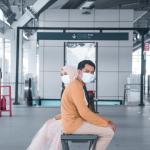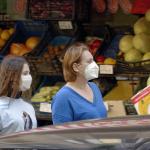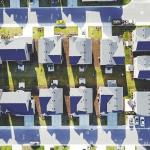The work is based upon a sophisticated mechanist model considering the risk of transmission between two individuals. One is infected and is acting as an asymptomatic transmitter, by far and away, the most likely current scenario.
social distancing
Here is the data on those patients hospitalized with laboratory-confirmed influenza for the State of New York. As of this moment, we have 1,224 hospitalizations.
To mask or not, employer mandates, worker pushback, and the changing landscape of dining in and out. The tradeoff is between risk and your sense of safety.
For a large part, our schools have been closed for just over a year. Initially, the CDC recommended six feet of social distancing to reopen.
The study comes from a working paper of the National Bureau of Economic Research by authors from UCLA and Yale, seeking to understand how nursing home populations were particularly vulnerable.
If you want to protect yourself from COVID-19 and have to commute by train as so many do in the tri-state area of New York, New Jersey, and Connecticut, where is the best place to sit socially distant?
I'm now the father of an amazing little girl who is just now learning to talk.
Across America, if not the world, it is time to play “Beat the Reaper,” the updated version of the Firesign Theater’s radio skit [1], featuring COVID-19 as “the Reaper.” Leaving aside the recommendations of our scientists and politicians, how do y












